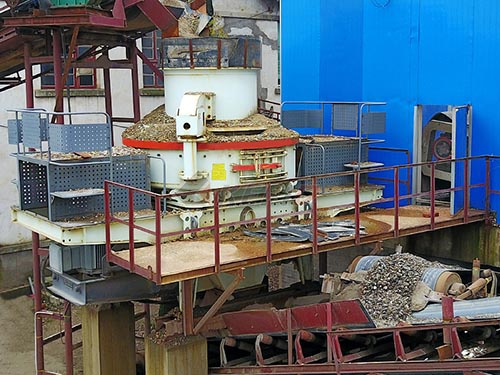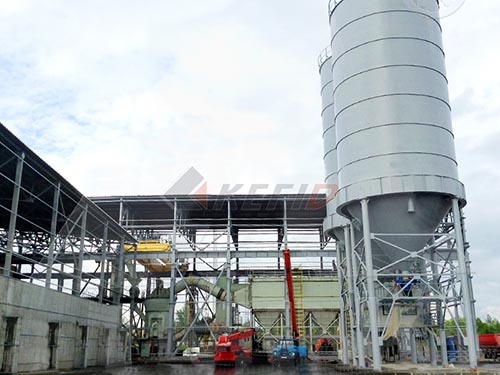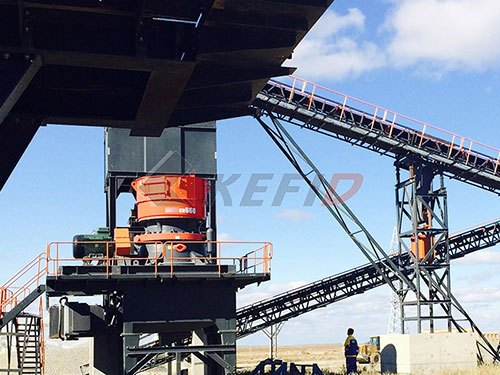Crushing Cinder Blocks: Where Physics Meets Physiology – A Comprehensive Guide to Mastering the Feat
The image is undeniably dramatic: a focused individual striking downward onto an unsupported cinder block, shattering it into fragments with seemingly superhuman force. Crushing cinder blocks captures attention instantly, symbolizing raw power and focused willpower. But beneath the spectacle lies a fascinating interplay of physics, precise technique, rigorous conditioning, and mental fortitude – accessible not just to elite athletes but potentially achievable through dedicated training for many individuals.
This guide delves deep into the how and why, stripping away mystique and replacing it with actionable knowledge and crucial safety protocols.
Beyond Brute Force: Understanding Why Blocks Break
Contrary to popular belief, crushing a standard cinder block isn’t primarily about sheer muscle mass generating astronomical force (though strength is vital). It hinges critically on physics principles:
1. Material Properties: Standard concrete masonry units (CMUs), commonly called cinder blocks or breeze blocks (historically made with cinders/clinker), are designed for compressive strength in construction walls – stacked vertically where weight bears down uniformly along their length.
Compressive Strength: Typically ranges from 1,000 to 2,500 PSI for common hollow-core blocks used in demonstrations – significantly less than structural concrete.
Tensile Strength: Concrete is notoriously weak under tension (pulling forces). This inherent weakness is key.
Brittleness: Concrete fails catastrophically when its tensile limit is exceeded; it doesn’t bend or deform plastically like metal.

2. The Role of Support & Stress Concentration: When placed flat on two solid supports (like sturdy bricks or concrete pavers), the block forms a simple beam.
Unsupported Span: The middle section between the supports experiences bending stress.

Bending Stress & Tension: As force is applied downward at the center of this unsupported span:
The top surface experiences compression.
The bottom surface experiences tension.
Because concrete’s tensile strength is very low (~10% of its compressive strength), this bottom surface reaches its failure point long before compressive failure occurs at the top.
Propagation: Once initiated at the bottom center under maximum tension stress, a crack propagates rapidly upwards through the brittle material via cleavage planes within the aggregate and cement matrix.
3. Impact vs. Static Force: A dynamic strike

Leave a Reply